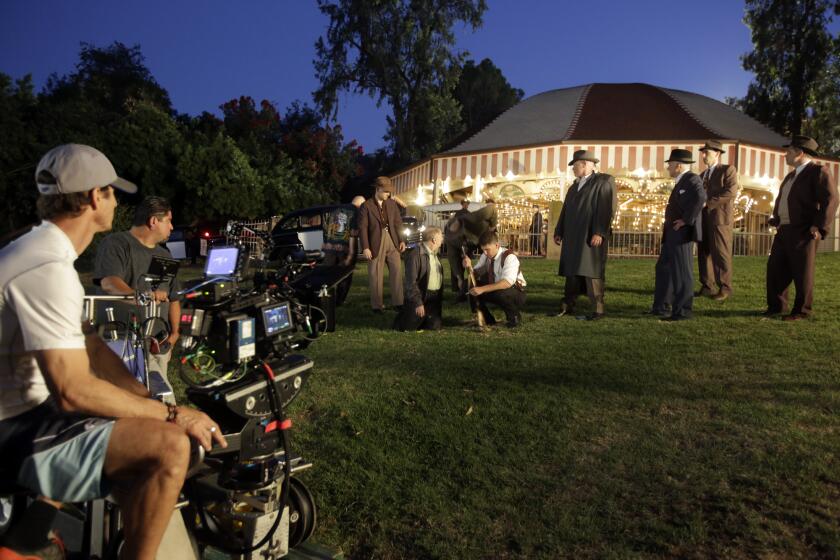Morro Bay Power Plant Replacement Hits Snag
- Share via
Plans to replace an aging power plant in Morro Bay hit a potential snag this week when state regulators recommended against using seawater to cool the plant.
Duke Energy wants to expand and update the 47-year-old plant, which can produce enough energy for 1 million homes.
But a staff report by the California Energy Commission says pumping hundreds of millions of gallons of seawater through the plant each day, as Duke proposes, would kill too many fish and other organisms in the bay. Instead, the report suggests using giant fans to cool the plant.
Duke has expressed doubts about the feasibility of so-called dry cooling. Company officials said it would require construction of huge buildings to contain the fans and add $39 million to the estimated $800-million plant replacement cost. They also said it would be noisy and an even bigger eyesore than the current plant, whose towers loom over Morro Bay’s central tourist district.
Duke spokesman Pat Mullen reiterated those objections Friday, but said he is confident the company can turn the decision around when the full Energy Commission begins hearings on the plant application in June.
To operate the plant, Duke needs permits from the Energy Commission and the state water board.
“We’ve already been working with the [water board] on habitat restoration” to minimize damage to the marine environment, Mullen said.
Although Mullen did not sound overly concerned, project opponents celebrated the staff report as the most important development in the project’s three-year struggle.
“We are elated that the [Energy Commission] staff ... has concluded that this national estuary should not be subjected to the great and possibly permanent harm that a new and larger power plant would inflict,” said Henriette Groot of the Coastal Alliance on Plant Expansion.
The group said the new plant could kill a third of the bay’s fish, larvae and eggs each year.
Mullen disputes that. He said studies show the fish population has not been affected by the current plant, which already uses seawater for cooling. He said screens over the intake system prevent anything larger than 3/8 of an inch from being drawn in, so only fish larvae would be endangered.
Construction is expected to take nearly two years.
More to Read
Inside the business of entertainment
The Wide Shot brings you news, analysis and insights on everything from streaming wars to production — and what it all means for the future.
You may occasionally receive promotional content from the Los Angeles Times.










